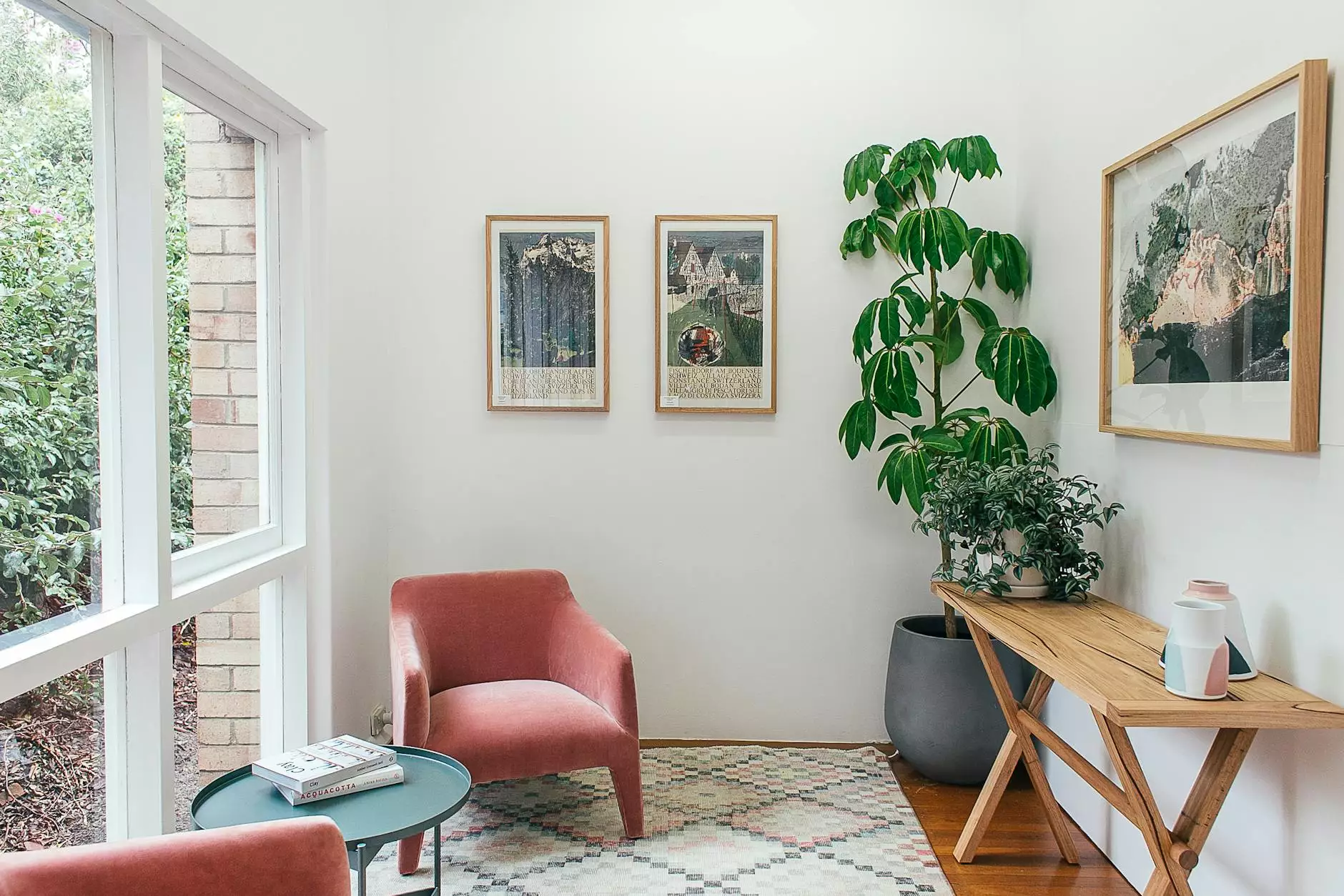Tansu Asian Furniture Construction Guide

Introduction
Welcome to Frameworks, your ultimate resource for Tansu Asian furniture construction. In this comprehensive guide, we delve into the expert construction techniques and intricate designs behind Tansu furniture, and provide step-by-step instructions on building your own Tansu-inspired pieces. Whether you are a DIY enthusiast or a professional woodworker, this guide will equip you with the knowledge and inspiration to create stunning Tansu furniture masterpieces.
History of Tansu Furniture
Originating from Japan during the Edo period, Tansu furniture refers to traditional cabinetry characterized by its functionality, versatility, and timeless aesthetic. Initially used for storage and transportation, Tansu has evolved into an art form that marries practicality with exquisite craftsmanship.
Traditional Tansu features specific construction techniques such as mortise and tenon joinery, precise wood carving, and intricate metalwork. Understanding the rich history and cultural significance of Tansu furniture is vital to appreciating its construction techniques and unique beauty.
Tansu Design Elements
One of the distinguishing features of Tansu furniture is its modular design, which allows for customization and adaptability. Tansu pieces typically consist of stacked boxes or drawers, providing ample storage options while maintaining a compact footprint.
The design of Tansu furniture is influenced by various factors, including regional characteristics, architectural styles, and cultural traditions. Traditional Tansu designs incorporate elements such as ornate metal hardware, delicate inlay work, and beautiful wood grain patterns. These design elements enhance the overall visual appeal and functionality of Tansu furniture.
Tansu Construction Techniques
To create authentic Tansu furniture, precise construction techniques are essential. Proper understanding and execution of these techniques ensure the durability and longevity of the finished piece. Here are some key construction techniques used in Tansu furniture:
1. Mortise and Tenon Joinery
Mortise and tenon joinery is a traditional woodworking technique used in Tansu furniture construction. This method involves creating a slot (mortise) in one piece of wood and fitting a corresponding projection (tenon) from another piece of wood into the slot. The tight-fitting joint guarantees stability and strength, allowing the Tansu furniture to withstand the test of time.
2. Precise Wood Carving
Wood carving is an integral part of Tansu furniture construction. Skilled artisans sculpt intricate designs and patterns, adding a touch of elegance and uniqueness to each piece. From delicate floral motifs to geometric patterns, wood carving plays a significant role in the overall aesthetic of Tansu furniture.
3. Metalwork and Hardware
Tansu furniture is often adorned with elaborate metalwork and hardware, further enhancing its beauty and functionality. Decorative metal accents, handles, and locks not only serve a practical purpose but also contribute to the visual appeal of Tansu furniture. Attention to detail is crucial when incorporating metalwork into Tansu construction.
4. Finishing Techniques
The finishing techniques used in Tansu furniture construction are equally important as they protect the wood and enhance its beauty. Traditional finishing methods include the application of natural oils, lacquer, or varnish. These techniques not only provide a protective layer but also highlight the natural color and grain of the wood.
Building Your Own Tansu-inspired Furniture
If you're inspired by the beauty of Tansu furniture and have a passion for woodworking, why not try building your own Tansu-inspired pieces? Follow these step-by-step instructions to get started:
1. Design and Planning
Start by creating a detailed design and plan for your Tansu piece. Consider the intended use, size, and desired features. Research different Tansu styles and incorporate design elements that resonate with your vision.
2. Materials and Tools
Choose high-quality hardwoods such as walnut, cherry, or oak for your Tansu project. Acquire the necessary tools, including a saw, chisels, mallet, drill, and measuring tools, to ensure precision and accuracy throughout the construction process.
3. Prepare the Wood
Mill and prepare the wood by straightening, jointing, and thicknessing it according to your design specifications. Ensure all pieces are smooth and free from defects before proceeding to the joinery stage.
4. Joinery Techniques
Utilize mortise and tenon joinery to securely connect the various components of your Tansu furniture. Take your time to achieve tight-fitting joints, as they are crucial for stability and longevity.
5. Wood Carving and Inlays
If desired, incorporate wood carving and inlay work into your Tansu piece. Use carving tools and precision cutting techniques to bring intricate designs to life. Inlays can be made from contrasting wood or other materials like mother-of-pearl for a stunning effect.
6. Metalwork and Hardware Installation
Add the finishing touches to your Tansu furniture by installing decorative metalwork, handles, and locks. Ensure all hardware is securely attached and functions properly.
7. Finishing and Preservation
Apply a suitable finish to protect the wood and enhance its natural beauty. Follow recommended techniques for applying oils, lacquer, or varnish, and allow sufficient drying time before using or displaying your Tansu piece.
Conclusion
Congratulations on completing your journey through the world of Tansu Asian furniture construction. Frameworks strives to provide you with the most comprehensive insights and guidance for creating authentic Tansu-inspired pieces. By understanding the construction techniques, design elements, and history of Tansu furniture, you can embark on your own woodworking adventure and create heirloom-quality furniture that will be cherished for generations to come.
Remember, Tansu furniture construction is an art form that requires patience, skill, and attention to detail. With practice and dedication, you can master the techniques and create stunning Tansu furniture pieces that showcase your craftsmanship and reflect the timeless allure of Asian design. Enjoy your woodworking journey, and may your Tansu creations bring joy and beauty into your life.










